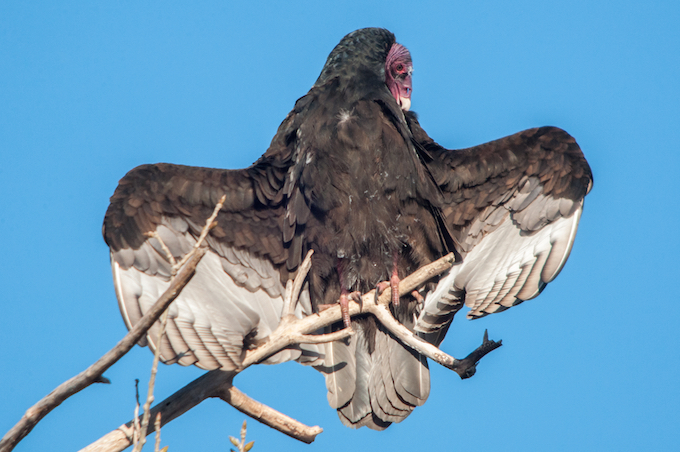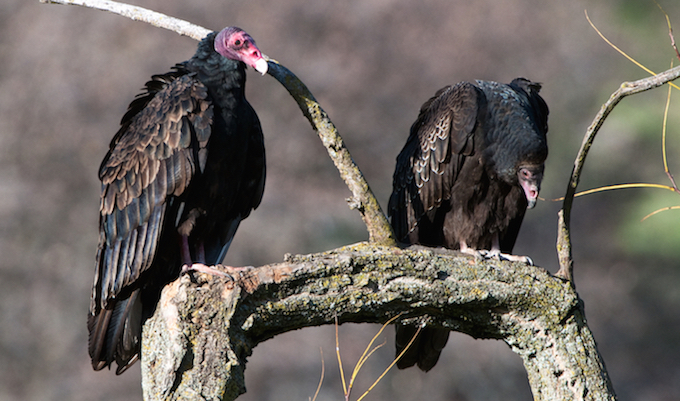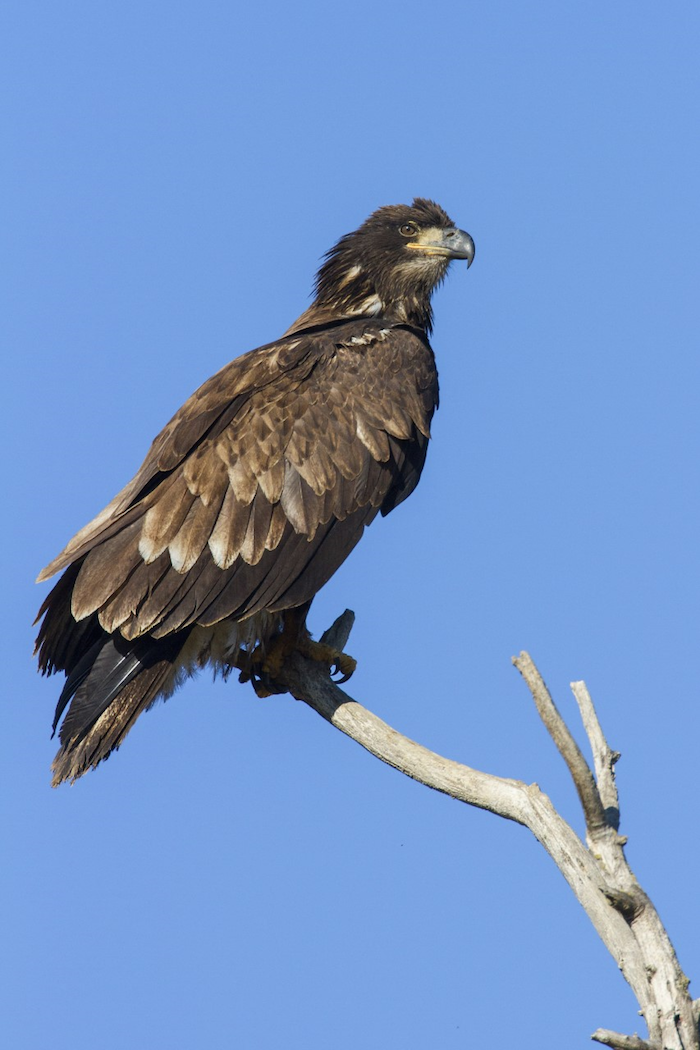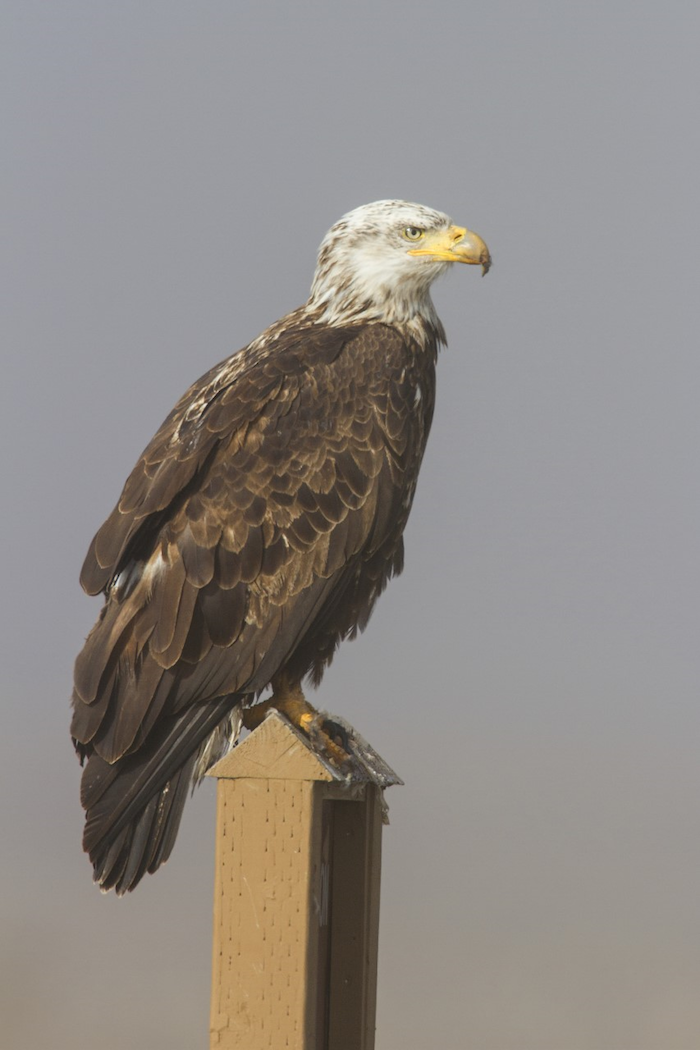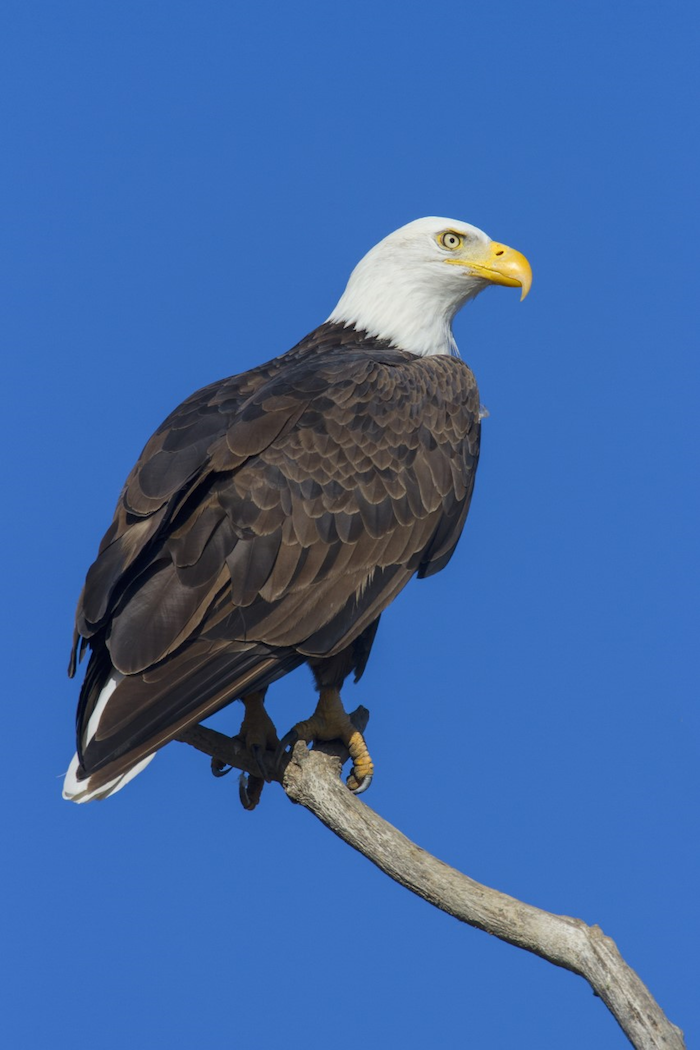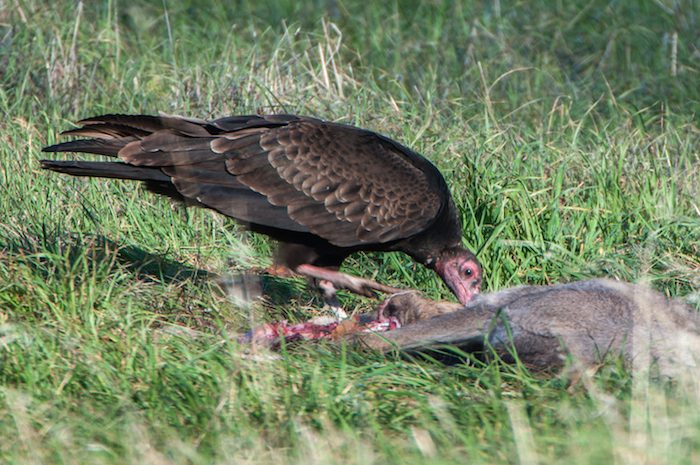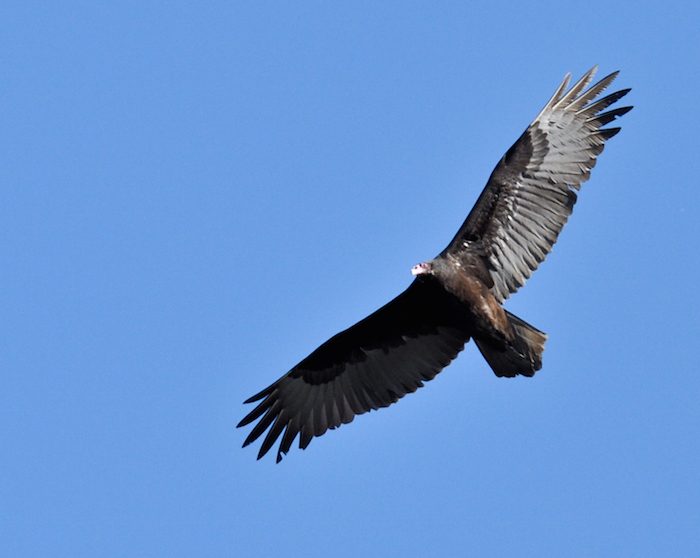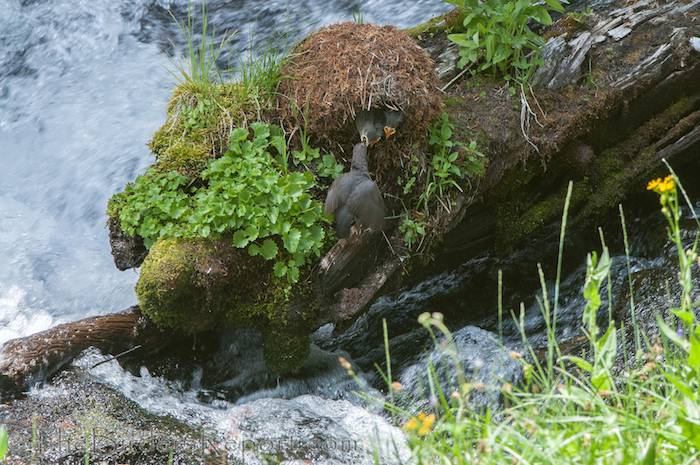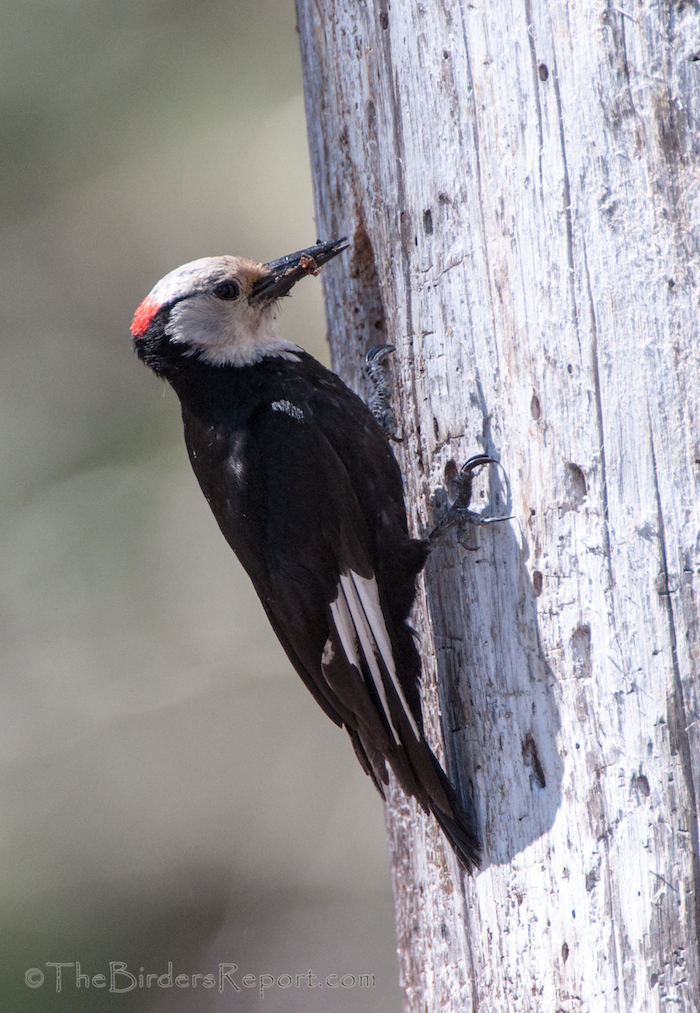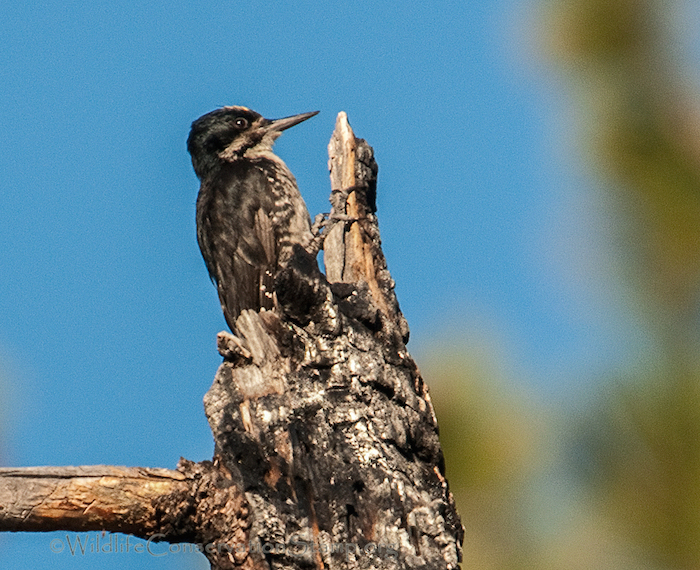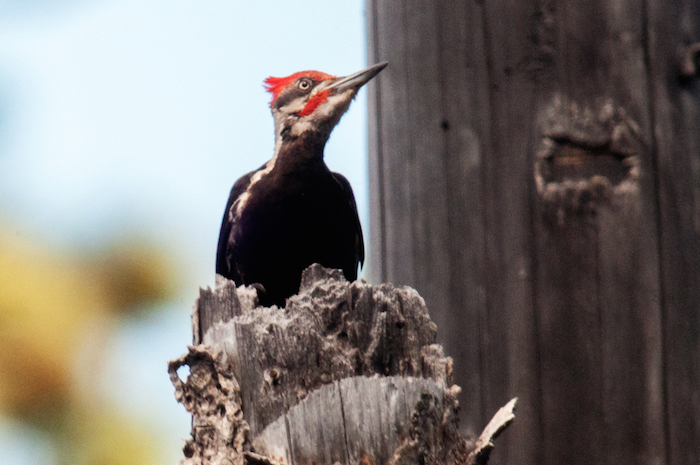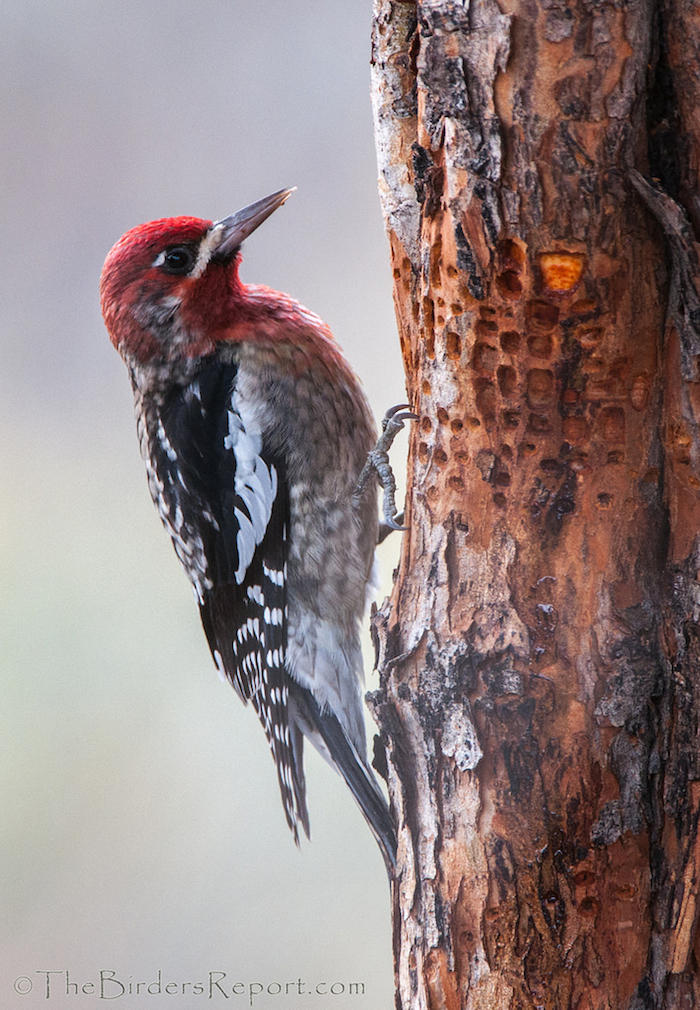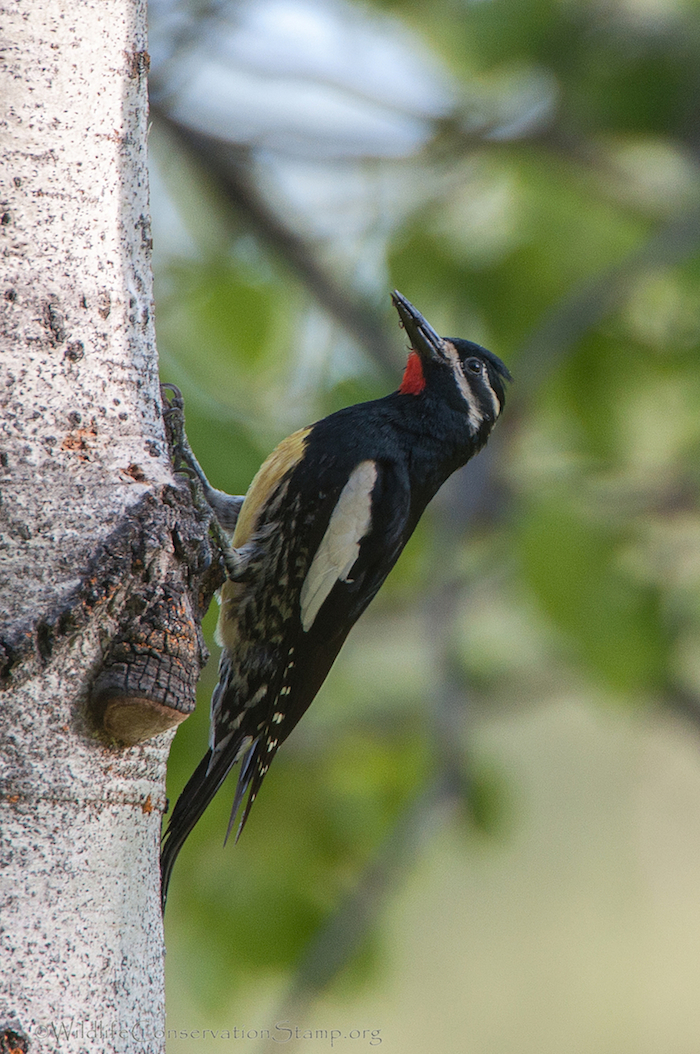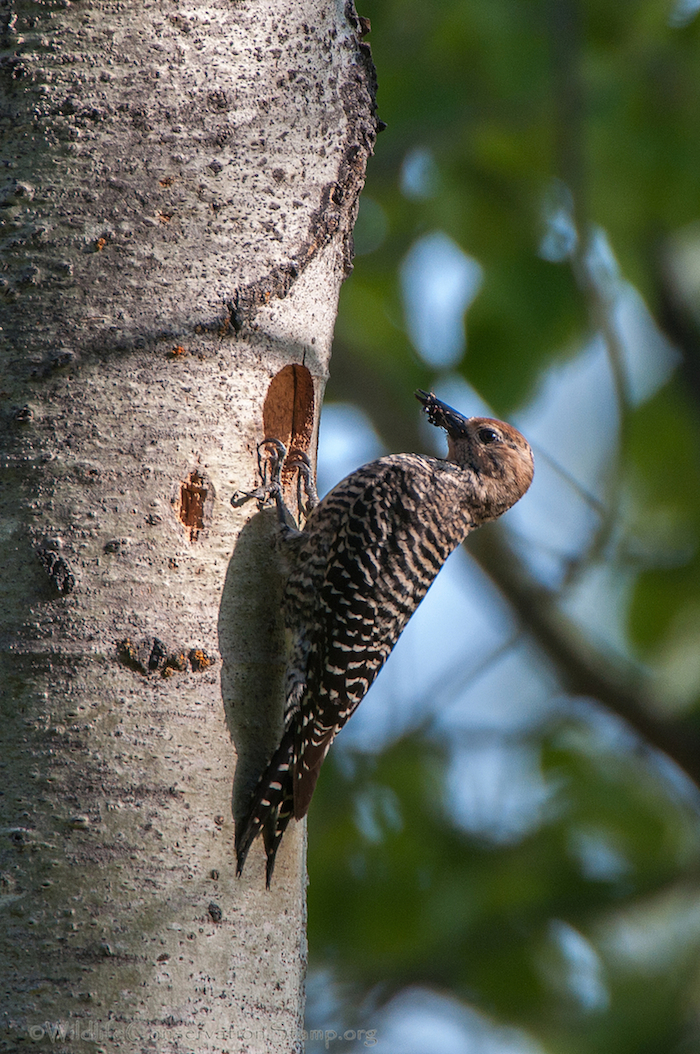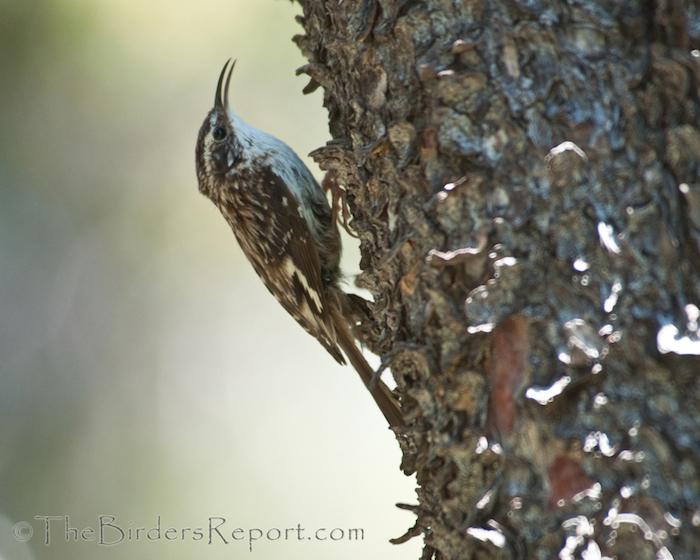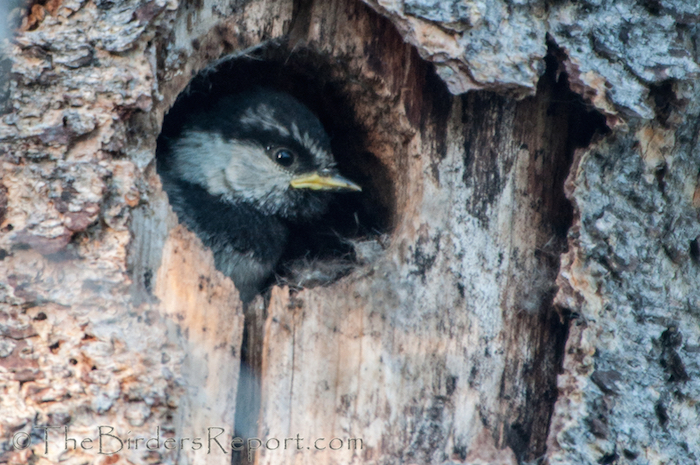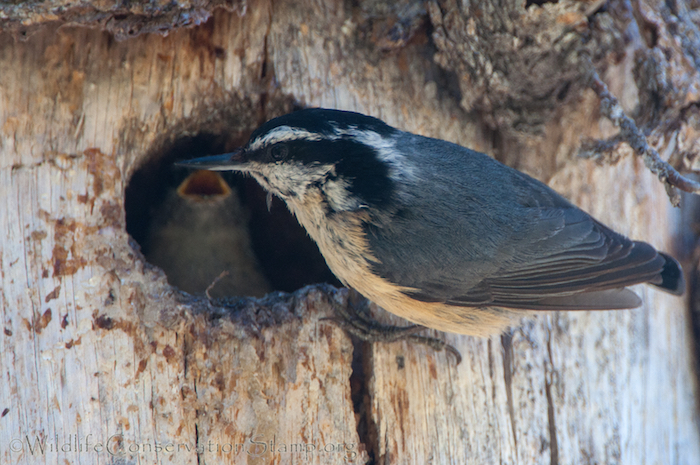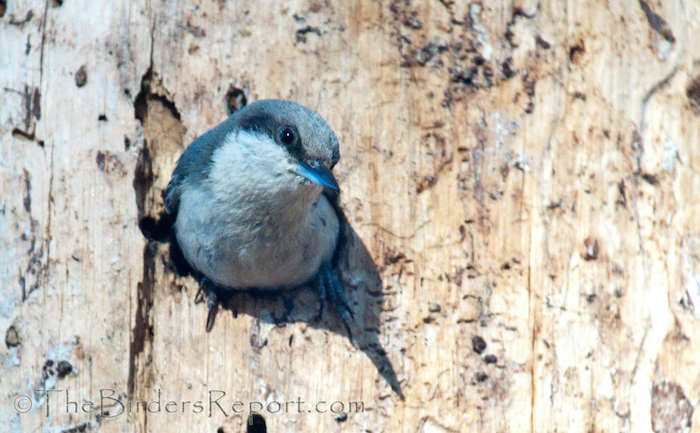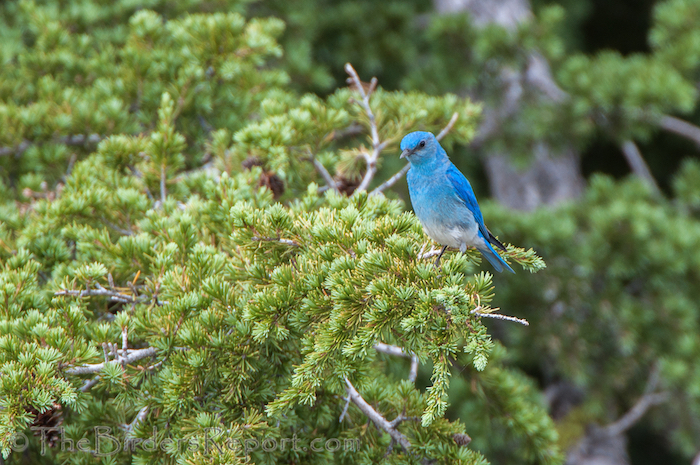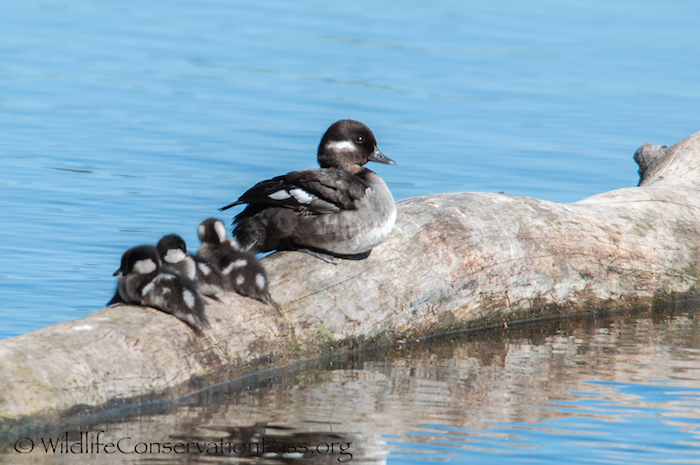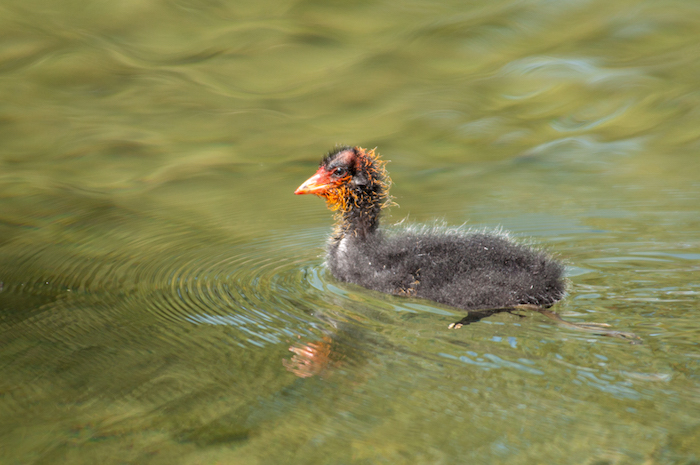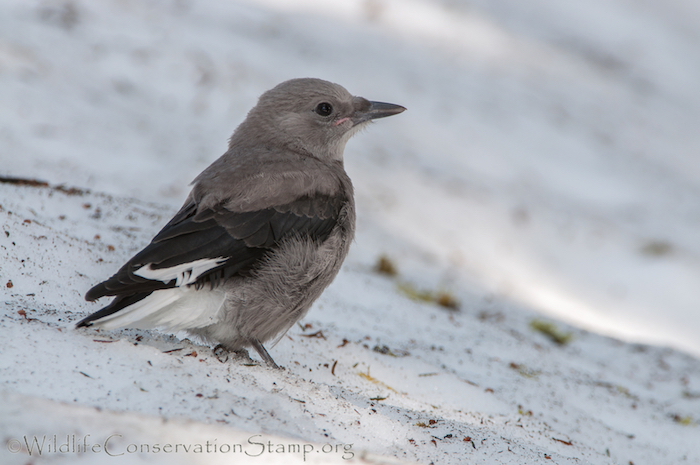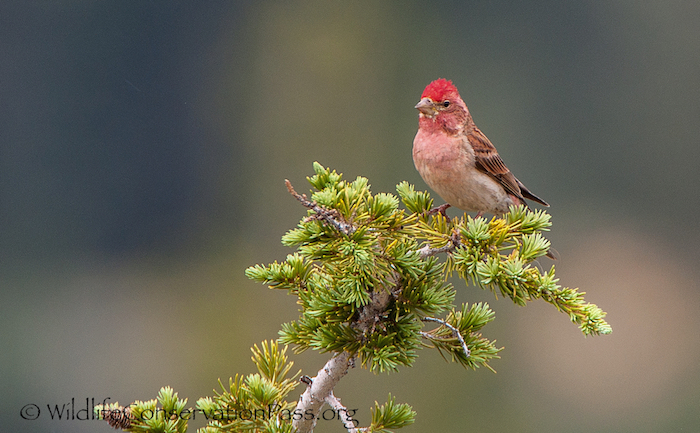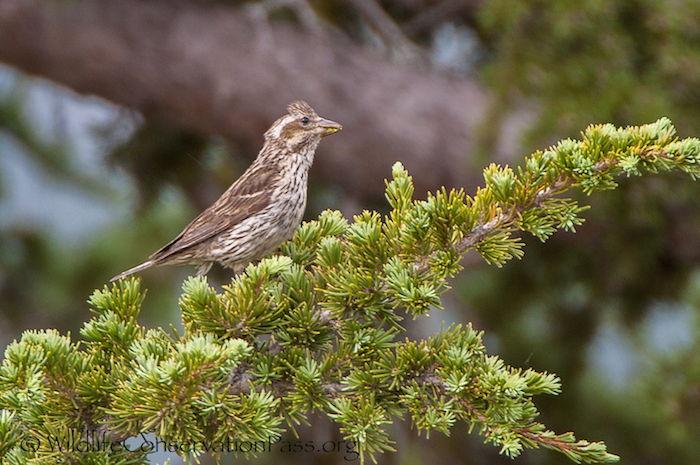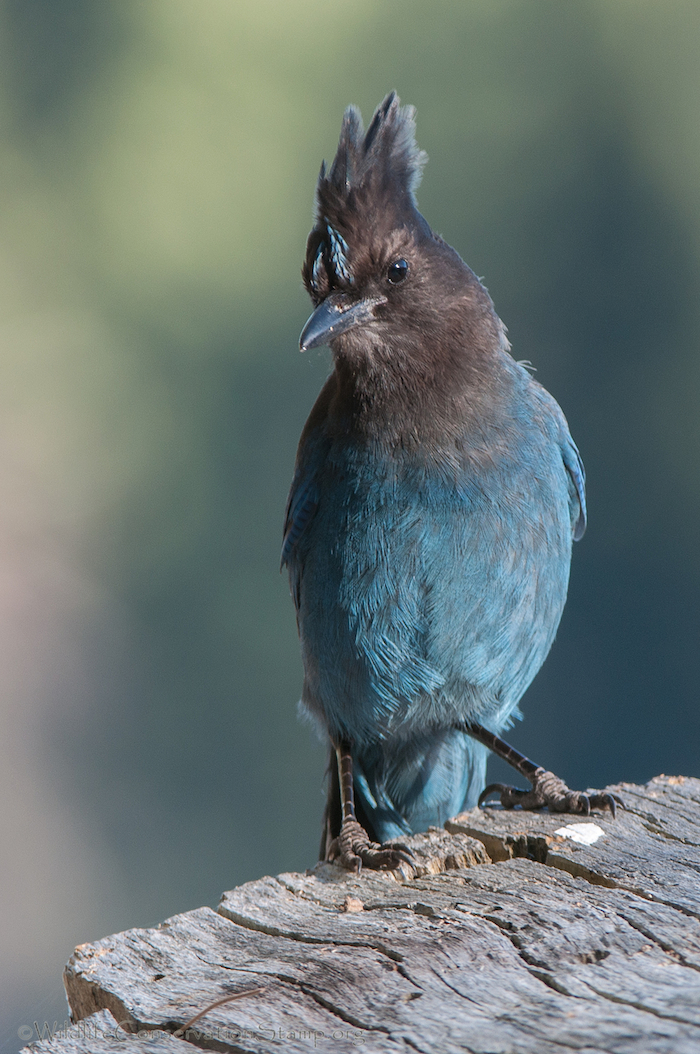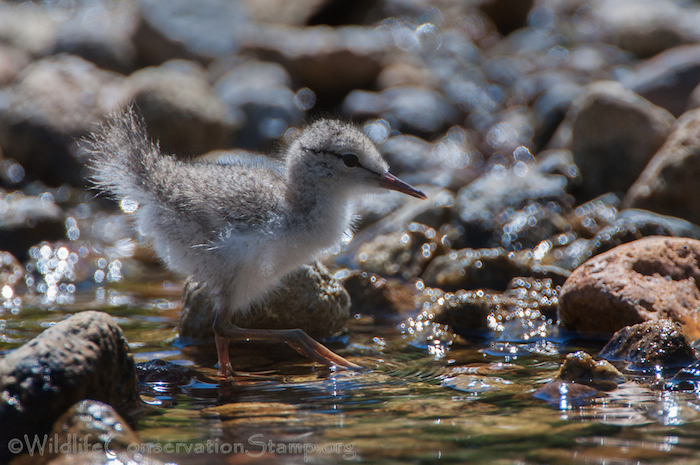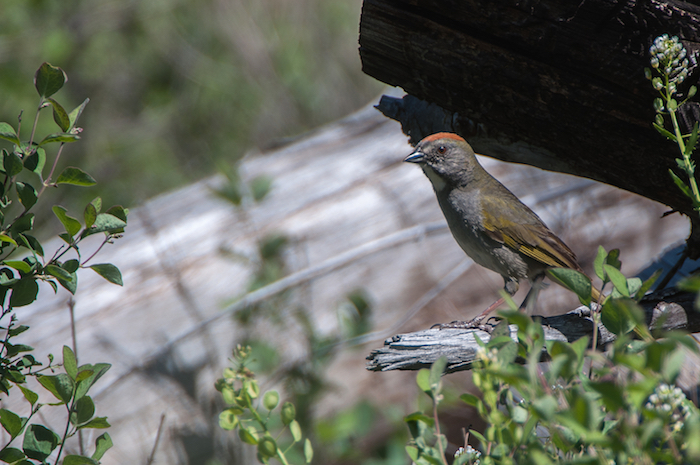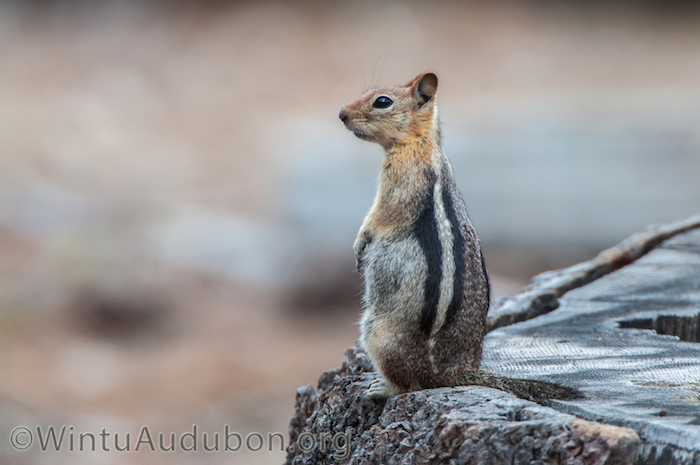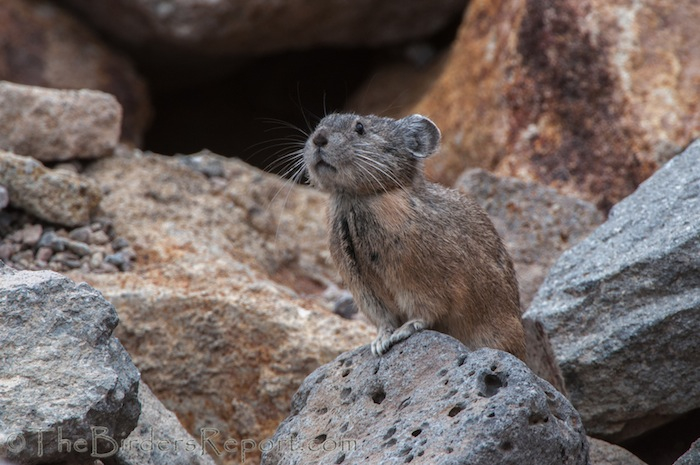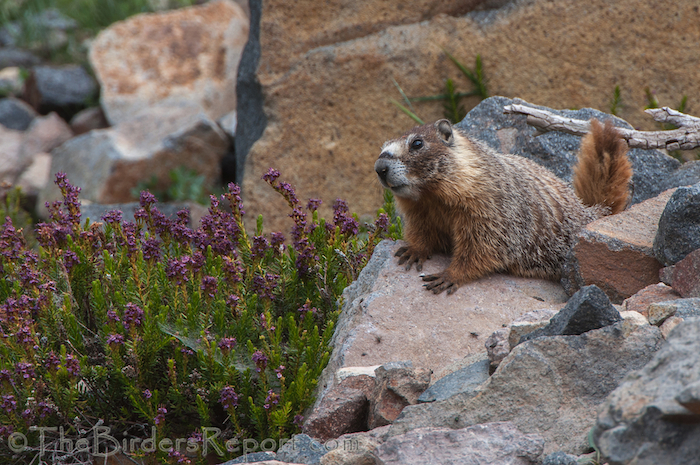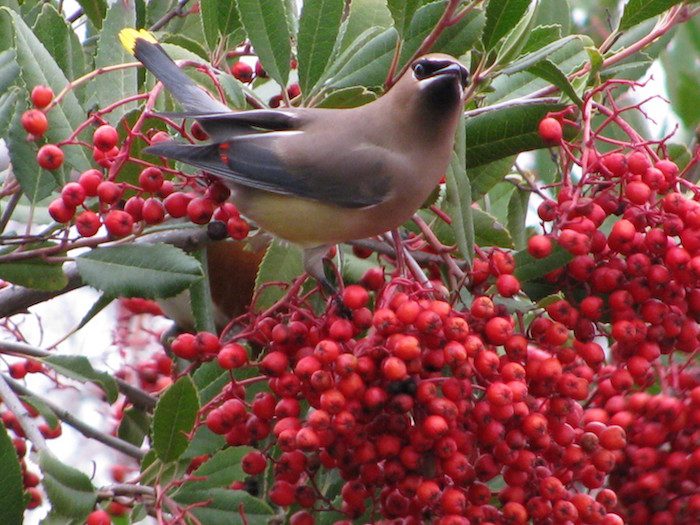
After the long heat, the season for planting approaches. The local CNPS will hold its fall sale of native plants at the Shasta College Horticulture area on October 14, 8am-2pm. It may be an opportunity to dress up both your yard and the birds!
We only survive and flourish because of photosynthesis, the green-plant magic that turns solar energy into food energy. Without plants we would lack the wit to see a bird, as well as any birds to see. None would sing, or sprout a golden feather.
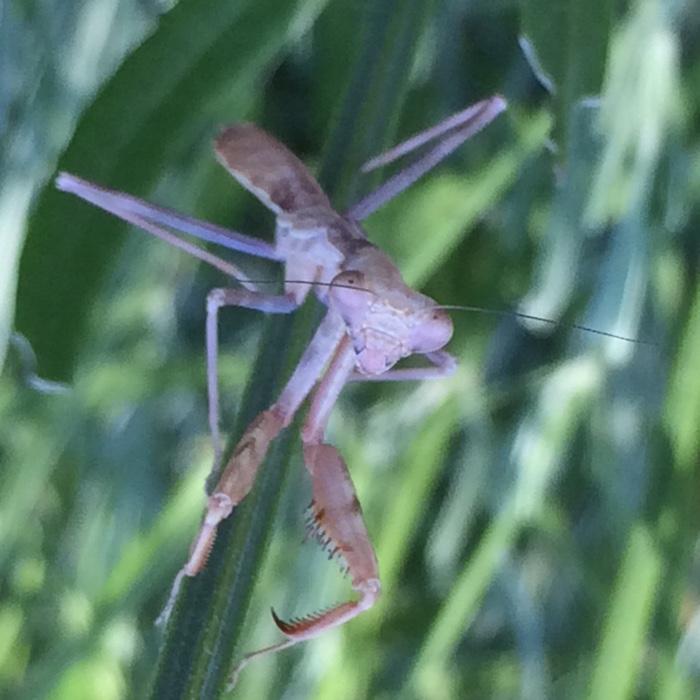
Fortunately, many plants survive our summer droughts and winter frosts. Trees, shrubs, forbs, and grasses provide a feast of seeds, nuts, berries, leaves, and nectar. Native plants support insects—caterpillars, leaf-hoppers, aphids, and more. Buckwheats, sages, coffeeberry, and toyon are among the many plants that support our pollinators—native bees, wasps, flies and beetles. The insects become food for so much of animate life, including our local fledglings who this month are fueling their first flights south.
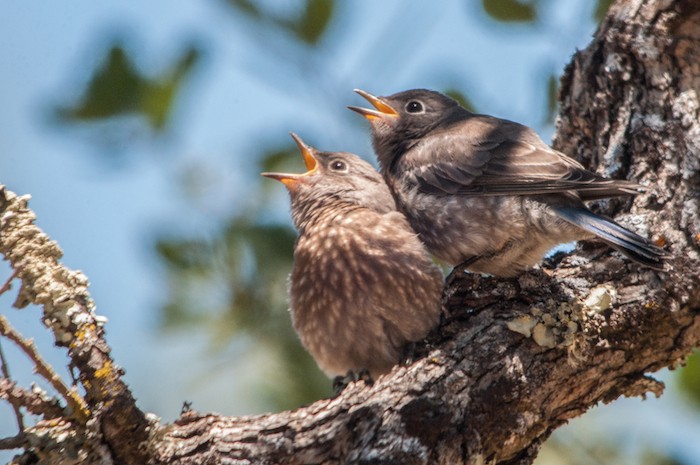
Many birds are strongly associated with oaks. Besides making nesting sites, oaks make acorns, which are devoured by jays, magpies, crows, ravens, turkeys, and band-tailed pigeons. Acorn woodpeckers store the acorns in rotting branches for winter dining. Lewis’s woodpeckers do the same, but meticulously shell and split the acorns first!
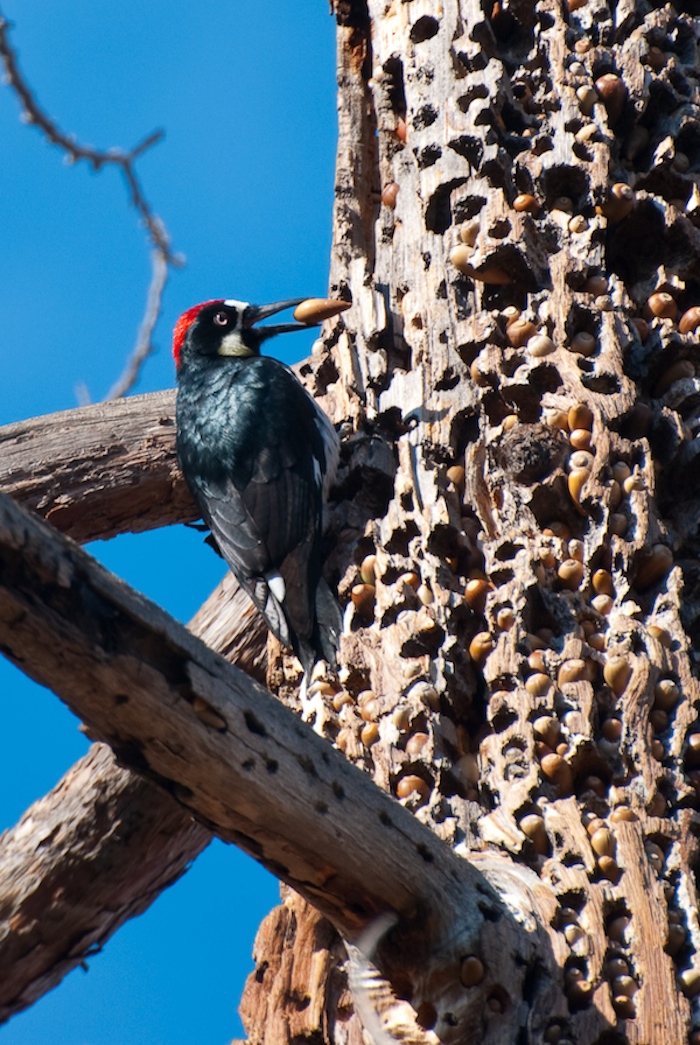
And oaks pass storms of insect energy on to hungry birds! Woodpeckers, titmice, and nuthatches dine on the beetles, ants, and spiders of the woody branches, and on the wasp larvae in oak galls. A stunning 534 species of butterflies and moths are known to lay their eggs in oaks, and those caterpillars feed orioles, warblers, vireos, mockingbirds, and bushtits. Bluebirds and flycatchers hawk the insects that take wing, and robins, sparrows, and towhees pick dinner from the detritus under the trees. Oaks are the crowning gem of many a lively yard!
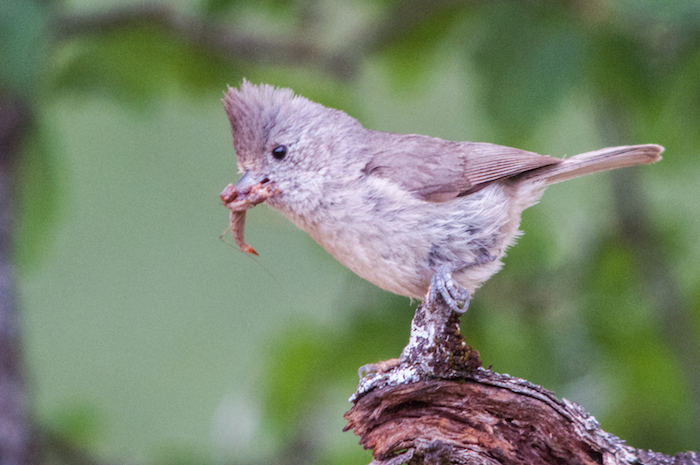
Quail will roost in the oaks, but will gladly poke about at ground level in the thick protection of Ceanothus bushes, where foraging wrens and towhees may join them. Nearby lupines, after their bright show of blue flowers, will draw the quail out to dine on their nutritious seed pods.
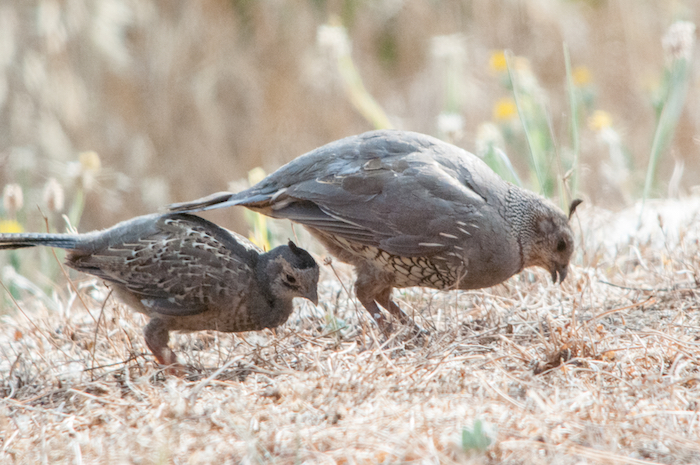
The fruits from Coffeeberry, Toyon, and Elderberry attract robins, bluebirds, mockingbirds, waxwings, and nuthatches. Currants will also draw these berry-loving birds.
Goldfinches flock to sunflowers and thistles. Milkweed supports not just monarchs but eleven other species of butterflies and moths, too. Colorful grosbeaks dine on their seeds, and hooded orioles use the plant fibers to weave their nests.
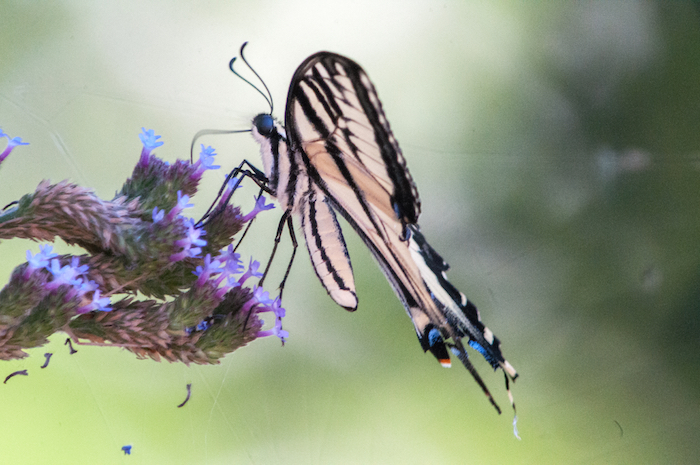
Four species of hummingbirds are regularly seen in our area, and many flowers sustain them—woolly blue curls, larkspurs, penstemons, monkeyflower, fuschia, currants, and salvia. Some of these plants bloom through the winter, sustaining the resident Anna’s hummingbirds.
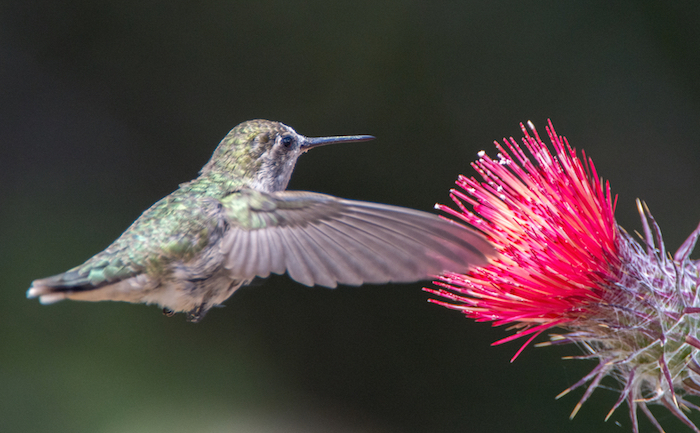
For the adventurous, poison oak provides fruit and cover for quail, thrushes, sparrows, goldfinches, flickers, juncos, kinglets, sapsuckers, wrens, titmice, and a host of other songbirds. Don’t get carried away with toxic adventures, though. Nandina, known as heavenly bamboo, is a colorful but dangerous invasive that poisons birds with its cyanide-laced berries.
Gardening for birds is best done with a dose of indolence. Leave those dead-heads on the plant; they’ll feed the finches. Leave the leaves on the ground. Towhees and sparrows will breakfast on the bugs that turn them into mulch. Native plants are generally a great bet. Together with the birds they form a beautiful gift to yards all over. Enjoy!

